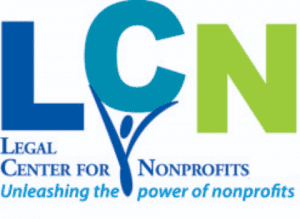This is another question I’m often asked in the early stages, as a nonprofit board is coming together, and the answer this time is, “It depends, but probably.”
A primary responsibility of a nonprofit board of directors is assessing and managing the nonprofit’s risk. Risk is anything that threatens the nonprofit’s mission and stability; that is, what can go wrong? Risk ranges from financial (will we have enough money do what we need to do? Where will the money come from? What if the money doesn’t come in at all?) to mission implementation (Can we hire enough good people? We work children—what might go wrong?) to potential crises and catastrophes (We just rented space—what if someone falls? What if there’s a hurricane/tornado/earthquake?) A thorough risk assessment methodically asks all these questions about all aspects of the nonprofit’s operations.
As a nonprofit is starting, the board can begin to look at the bigger picture of the nonprofit’s risk. What risks does this nonprofit face right now? A year from now? The nonprofit will need a plan to manage its risk, and insurance is just one part of that plan. In this initial stage, it may be impossible to assess all the nonprofit’s risks, since risk will change over time as the nonprofit adds or changes programs; accordingly, a risk management plan will change over time as well.
Once the nonprofit’s risks are identified, the board can begin to pinpoint ways of addressing these risks. A variety of approaches are available–not everything requires insurance. Indeed, some risks are not even insurable.
Insurable risks include loss of assets, injury, interruption of service, litigation. Uninsurable risks include loss of audience or membership, loss of funding, social or scientific changes that eliminate the need for a service (e.g., March of Dimes), increased competition.
Some risks can be mitigated through preventative measures. Safety procedures are a good example—ensuring fire extinguishers are handy; eradicating trip hazards.
Once the board has assessed its risk, it must also assess the nonprofit’s tolerance for risk. In other words, does the nonprofit have the capacity to deal with a risk should it occur? For example, can it pay for the costs of storm damage? Can it afford to deal with a lawsuit? With these assessments, the board can begin to develop a plan to address risk, using mitigation as much as possible and practicable, developing an emergency fund, and purchasing insurance. At this point, consultation with an insurance agent knowledgeable about nonprofit organizations will be most helpful.
A helpful article from Blue Avocado is available here, and the Nonprofit Risk Management Center has many resources.
